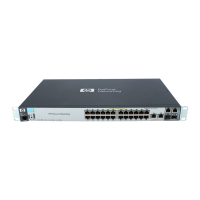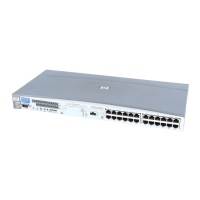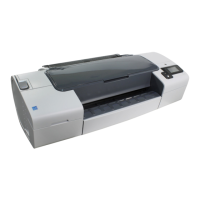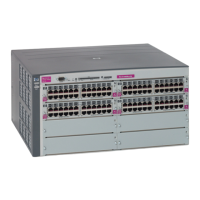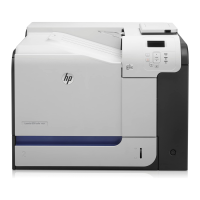New features HP UPD 5.0
This section lists the new features for HP UPD 5.0.
Printing to unsupported products enabled by default
HP UPD 5.0 allows for printing to unsupported or non-HP products by default. The list of supported
printers for the HP UPD is located on the Specifications tab at
www.hp.com/go/upd. Printers on this
list are tested, verified, and supported by HP to work with the HP UPD. The HP UPD may also
provide basic printing functionality to products not listed on the Supported printers list. The following
list applies to all installation methods.
● All available features and capabilities of the non-HP or unsupported target product may not be
present, may not work, or may not provide a consistent user experience. HP recommends that
customers test and validate the printing experience before adopting.
●
HP is unable to add additional new features for non-HP products into the HP UPD.
●
Technical support is available for HP UPD printing to products on the HP UPD supported
printers list only.
●
When printing to a non-HP printer, using postscript emulation 2 and 3 may provide more
consistent results than PCL5 or PCL6.
Installation to allow HP UPD version control (traditional mode
installations)
HP UPD version specific installation allows multiple versions of the UPD to be installed on the same
system (i.e- UPD v4.5, UPD v4.7 and UPD v5.X). Beginning with UPD v4.7 a traditional mode
installation of the UPD driver using the Add Printer Wizard allowed two different installation paths,
each installing the same version of the driver. Selecting generic "HP Universal Printing" upgrades all
queues utilizing the UPD to the version being installed. Selecting "HP Universal Printing PCL 6
(vX.Y)" creates a version specific instance of the UPD without upgrading existing UPD queues.
Beginning with UPD v5.0, version specific UPD installation is added to the install.exe options
command line. The /m switch only applies to traditional mode driver installation, therefore the /sm
switch is required and supports only IP address or hostname.
Example (HP UPD 5.2 and older): install /m"HP Universal Printing PCL 6 (v5.0)" /
sm10.1.1.200
Example (HP UPD 5.3 and newer): install /m /sm10.1.1.200
Additional details on the use and purpose of version specific installation can be found in the
installation chapter of this document
Install and Uninstall of the HP UPD on page 23
NOTE: HP UPD 5.2.6 and older requires that the full name and version be provided with the /m
switch, as in the above example (HP Universal Printing, PCL 6 (v5.0)). HP UPD 5.3 does
not require the full name or version when using the /m switch. Failure to provide proper command line
syntax results in a generic HP UPD installation.
Create and edit shortcuts with the HP Driver Configuration Utility
Using the DCU, administrators can pre-configure the driver before installation to customize the
shortcuts presented to the client in the driver user interface. This includes removing HP product
ENWW New features HP UPD 5.0 57
